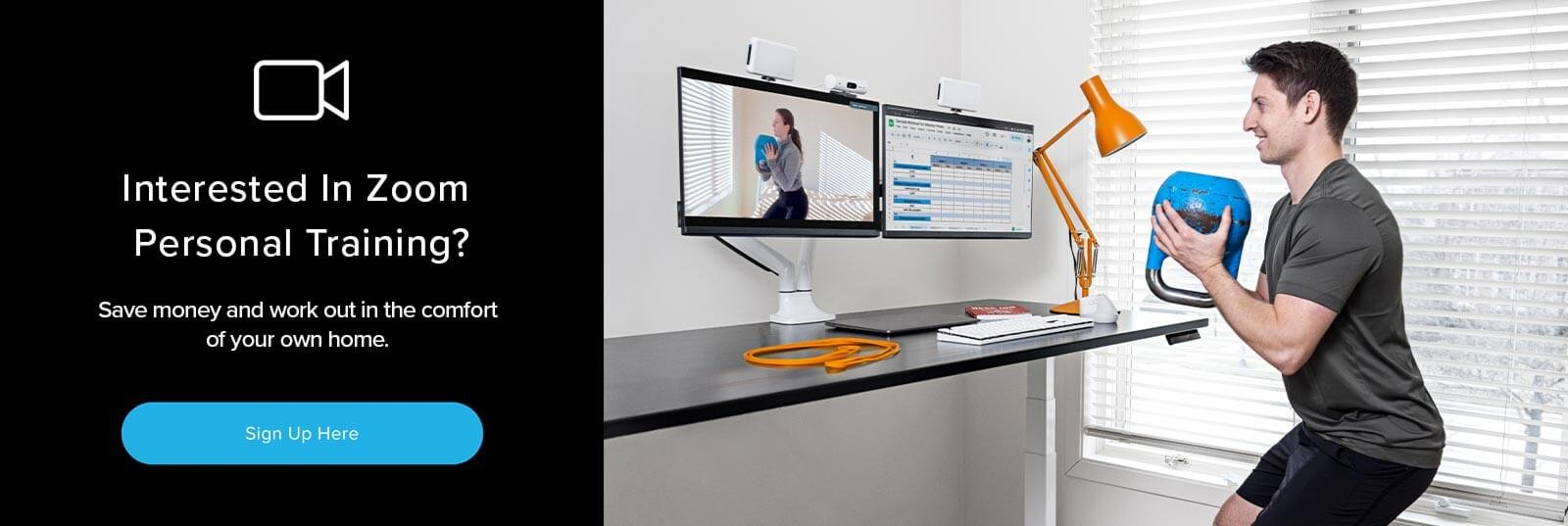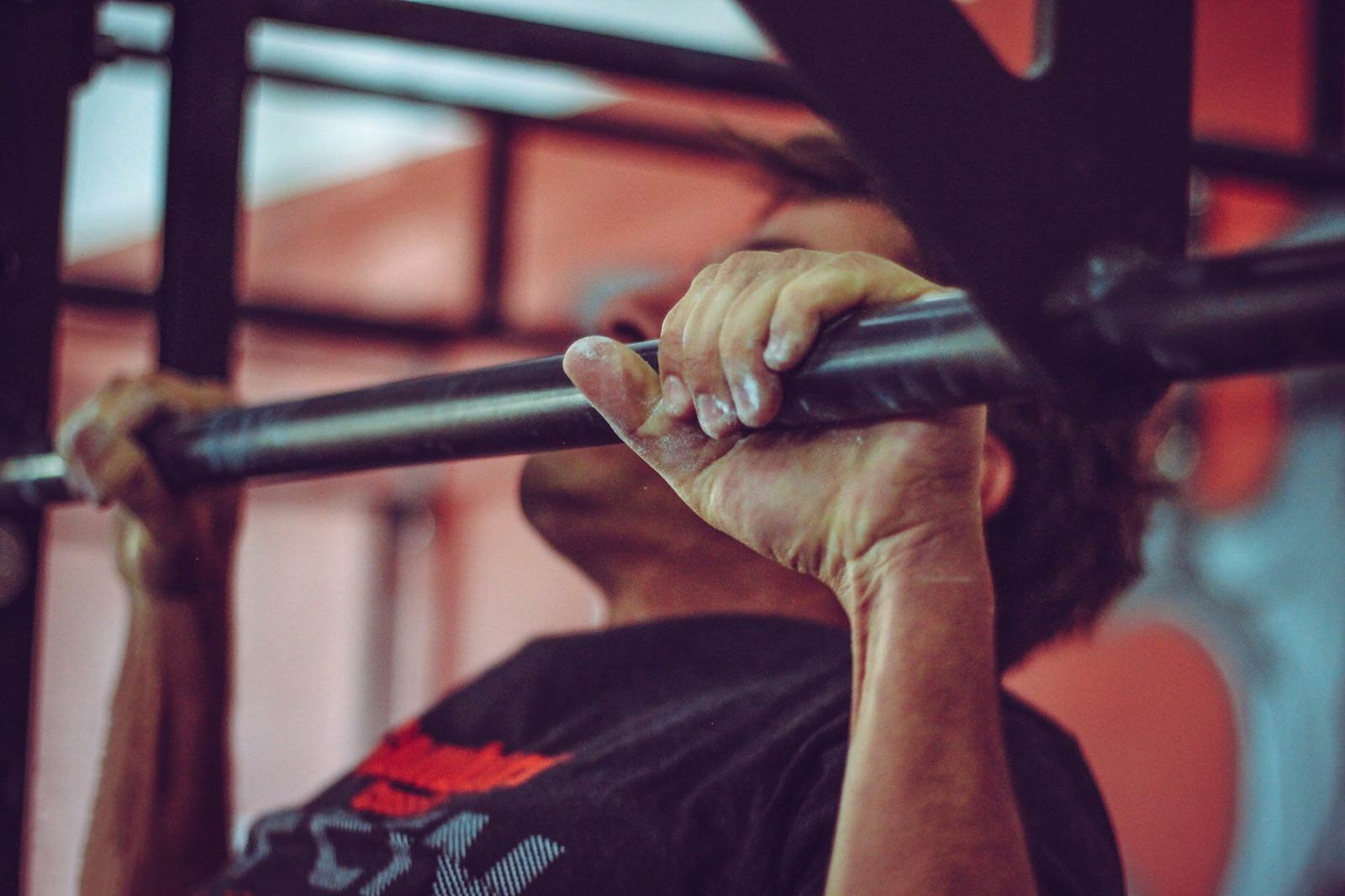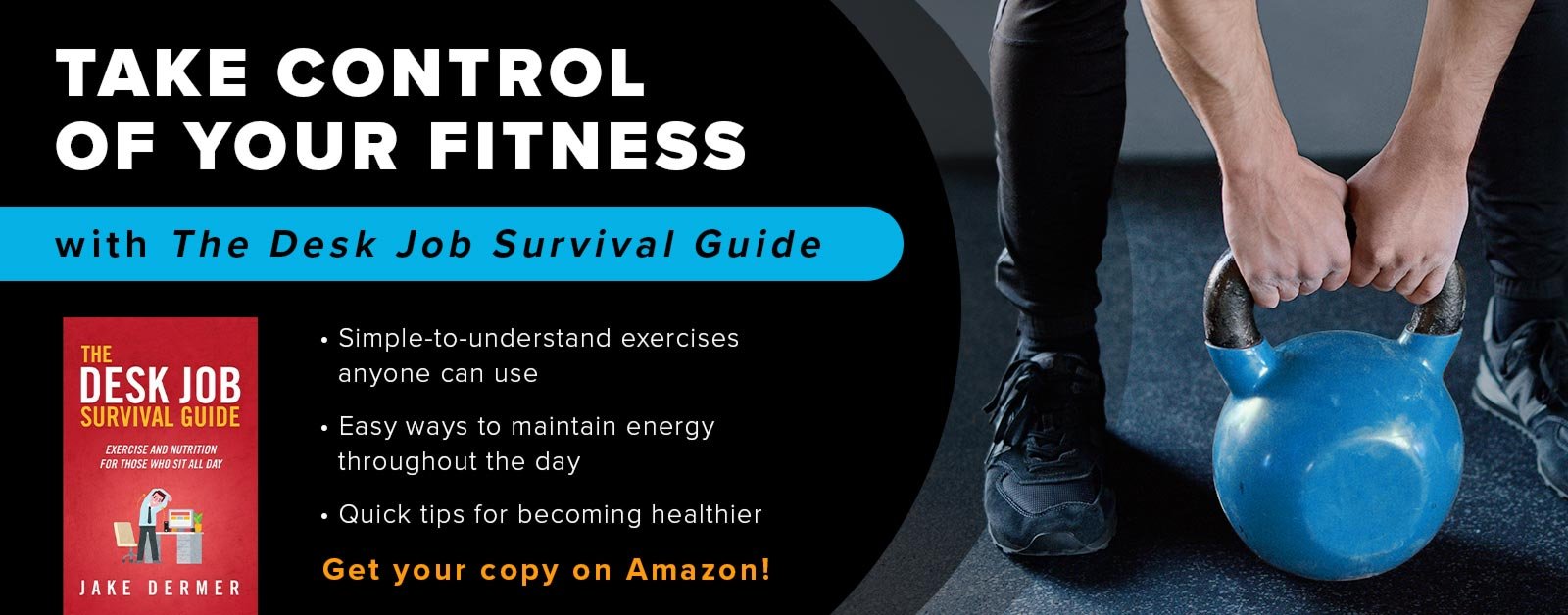How Pull-Ups Change Your Body
For the month of June, myself and nine of my friends endeavored to complete 30 pull-ups a day by any means necessary. Whether that is 30 assisted pull-ups, 30 negative pull-ups, or 30 sets of one pull-up, it didn't matter. The goal was volume over a month - to see the impact on body composition of 900 pull-ups.
There is no question that pull-ups change your body, but we were trying to figure out what exactly those changes would be. So I decided to track their bicep size and body weight on the first and last days. Unfortunately, I didn't gather enough data points to come up with a statistical average of note. By day ten, only five men were still in the challenge, and by the last day, there were only three.
So how did 30 pull-ups a day change their bodies?
For this challenge, we tracked two metrics: flexed bicep size and body weight.
While all of the participants who completed the thirty days of pull-ups noted changes in strength and size in other areas as well; forearms, lats, deltoids, and traps, we only tracked bicep size.
Do pull-ups make your biceps bigger?
Yes, when it came to flexed bicep size, all men saw an increase by roughly an inch! An inch may not seem like a lot but for three men from completely different demographics to all have similar significant results is damn impressive. Remember, it takes a long time to put on size; if you could maintain this pace, your biceps would be a foot larger in a year.
In reality, these massive results were the result of the "beginner's blessing" when you start any new training program; even in relatively athletic individuals, you tend to see initially significant results. However, this will generally come to a halt in about 6-12 weeks. That's why most workout programs sold on the internet are usually in that time frame. The trainers can tout the effectiveness of their programming and then end the program before you start to plateau. Thus, they ensure that you are primed to purchase their next 6-12 week training program.
Do pull-ups make you lose weight?
I have done other challenges, like 100 kettlebell swings a day for 30 days, but this pull-ups challenge is different because it theoretically incentivizes weight loss. Kettlebell swings don't get easier when you get lighter. Instead, they get more challenging because your weight directly influences your ability to generate power. That's why Olympic weightlifters have heavier builds.
However, with pull-ups, every pound lighter you are makes the pull-ups easier. Much easier. It is the same in rock climbing. If you want to get better at rock climbing, you can either get stronger or get lighter. Generally speaking, getting stronger much longer.
With all that in mind, I thought the thirty days of pull-ups would yield some significant weight loss results. It didn't.
When it came to weight loss, of the three men, one person slightly lost weight, one slightly gained weight, and the last one stayed the same.
With a much larger sample size, perhaps there would have been more statistically significant information, but without asking people to change anything else about their lives, simply doing thirty pull-ups a day does not yield any notable changes in body weight.
How do 30 pull-ups a day change your body in 30 days?
While there were many anecdotal changes to body composition noted by the participants, only two quantitative metrics changed. Flexed bicep size and ability to do pull-ups.
One participant started the challenge doing fifteen sets of two pull-ups and completed the 30th day with three sets of ten pull-ups. All the participants noted that their pull-ups got much easier, more explosive, and more controlled.
This challenge illustrates the importance of programming for your goals. Unfortunately, not enough people train for specific goals. Sure everybody has a goal like lose weight, get stronger, or look jacked. They have broad ideas of what they want, but people don't drill in deep enough to their goals to make them more achievable.
If you need help constructing a workout plan to achieve your goals, please feel free to reach out to me, and we can work together to build you a custom program.
If your goals are performance-based, your body will adapt to help you reach your goals. If you need an example of this, turn on the Olympics and look at the body type based on the event. For example, do you want a gymnast body or a marathon runner's body?
How you train directly affects how you look and perform. So make sure that your training plan is in line with your goals. Also, if you want to add an inch to your flexed biceps, do 900 pull-ups :).
But before I can send you off into the world to do nearly 1000 pull-ups, we have to talk about form.
HOW DO YOU DO A PULL-UP?
A pull-up can be broken down into three easy steps.
Step 1: Actively hang
Before you can begin your pull-up, you have to be in the proper hanging position. In this case, you are actively hanging. Actively hanging is essentially hanging while engaging your lats. In this case, imagine you are trying to put your shoulder blades in your back pockets, which will help you pull your shoulders down and away from your ears.
Step 2: Pull
The second part of the pull-up is right there in the name. Once you are in a strong hanging position, you pull! Instead of thinking about pulling yourself up, squeeze the bar and imagine pulling your elbows to the floor. Try to pull until you bring your chest within an inch or two of the bar.
Step 3: Lower with control
Once you pull yourself up, you must come down. Don’t let gravity do the work. Instead, lower yourself slowly with control. The eccentric (lowering phase) portion of the movement is the most important for building strength and developing strong movement patterns. In addition, you are at a much lower risk of injury than someone doing a kipping pull-up.
That’s all there is to it.
We have to address two more common questions, though, before this pull-up article can be complete.
WHICH GRIP SHOULD YOU USE?
No matter what anybody tells you, whatever grip you use, you are still doing a pull-up. A chin-up is sometimes the term used to describe an underhand grip pull-up. It is still a pull-up. Changing a grip does not and should not change the name of an exercise. Each grip is useful for its own reason.
Underhand grip: Best for building bicep muscles
Overhand grip: Best for building lats (they give you wings!)
Neutral grip: Lowest impact – Underhand can be more stressful on some people’s elbows and overhand on some people’s shoulders. The neutral grip usually doesn’t bother either.
WHAT DO I DO WITH MY LEGS?
It depends on what your goals are.
Never done a pull-up before: Cross one leg over the other and squeeze everything. Squeeze your glutes, your abs, and your thighs together. Create as much tension as possible throughout your body.
Comfortable doing pull-ups: Put your feet wherever you’d like. The more tension in your legs and abs, the easier the pull-up will be.
Want to make pull-ups harder? Hold an L-sit position while doing pull-ups. You can either do this with your legs straight or bent, but adding the ab exercise to your pull-ups will increase the difficulty significantly.
Pull-ups are an exercise that is easy to change the difficulty of. You can slow the tempo on the way down, go slower to make it harder, or change the weight. Hold a dumbbell between your feet or your knees to make it harder, or use a band to make it easier. Pick a difficulty you are comfortable with and work your way up!
Now you are ready to take on the 30 pull-ups a day for 30 days challenge. If you have any questions or need any help, send me a message!
If you enjoyed this article, you might also like:
How Many Push-Ups Should A Beginner Do To See Results?







